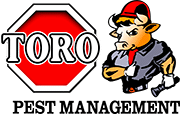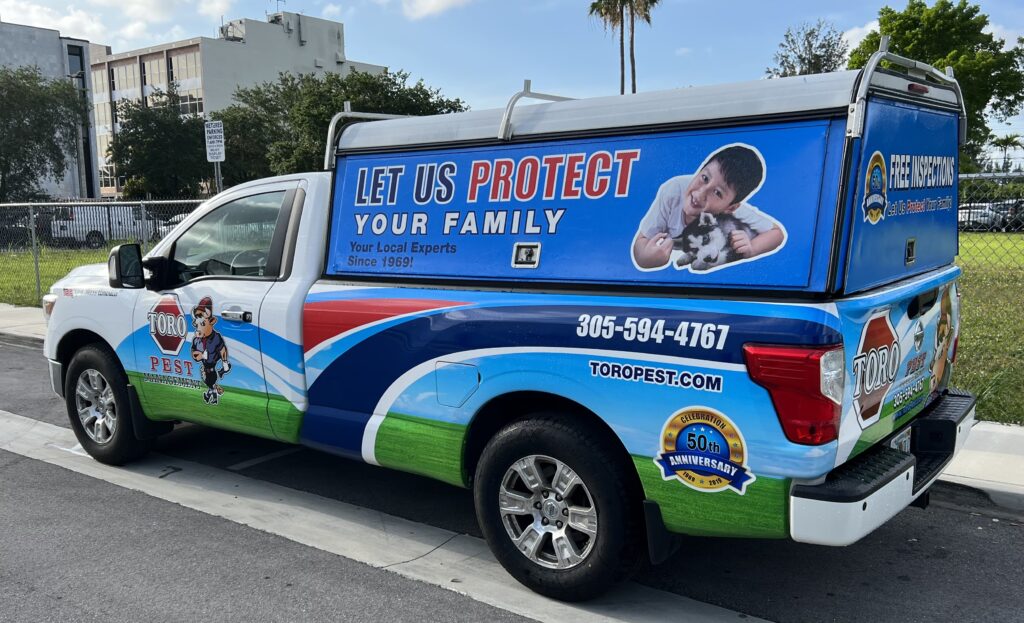When most people think of rats invading their homes, they imagine them creeping in through the garage or crawling through vents near the ground. But in South Florida, one of the most common and underestimated rodent entry points is the roof.
Roof Rats: A Climbing Invasion
The primary culprits here are roof rats—also known as black rats. Unlike Norway rats that burrow underground or stick to lower levels, roof rats are agile climbers that exploit the vertical space of your home to gain entry. They scale power lines, leap from overhanging tree branches, and climb textured walls or gutters with astonishing ease. Their long tails help them balance, and their slender bodies allow them to squeeze through openings as small as half an inch.
Once they reach your roofline, they target vulnerabilities such as broken vents, loose tiles, soffit gaps, or uncapped attic vents. Within minutes, they can find a way inside, turning your attic into a nesting ground.
But these rats are more than just sneaky intruders—they’re destructive pests. Once inside, they:
Chew on electrical wiring, increasing the risk of fire hazards
Tear apart insulation, reducing energy efficiency and increasing your electric bills
Contaminate surfaces with droppings, urine, and nesting materials
Attract additional rodents through scent trails and pheromones
Why South Florida Homes Are Vulnerable
South Florida’s year-round warmth and humidity create the perfect environment for roof rats to thrive. The lush landscapes, fruit-bearing trees, and common architectural features like tile roofs, vented soffits, and open eaves make it easy for these rodents to access homes. Many homes are surrounded by dense foliage, palm trees, or trellises—natural ladders for climbing pests.
Additionally, seasonal storms and hurricanes displace rodents from their habitats, pushing them to seek higher, drier ground. Attics, which are warm and safe from predators, become prime real estate for rats during and after storm season.
In many cases, homeowners remain unaware of an infestation until the damage is already extensive. Roof rats are nocturnal and elusive—they can silently nest in attics for weeks or months. By the time scratching noises in the ceiling wake you up or you find black droppings near your attic hatch, there may already be a full-blown colony overhead.
Signs You May Have Roof Rats
Stay alert for these red flags:
Unexplained scratching or scurrying sounds coming from walls or ceilings, especially at night
Chewed or shredded insulation, wires, or ductwork in the attic
Droppings (shiny, black, and spindle-shaped) near high cabinets, attic entry points, or rooflines
Grease marks or rub stains along beams and trusses
Strong ammonia-like odor coming from attic spaces
Sudden appearance of rodent droppings in your garage, pantry, or ceiling corners
Even spotting a single rat is reason enough to act. These animals breed quickly—one pair can produce dozens of offspring in a year—so early intervention is critical to avoid long-term infestation and damage.
Professional Inspections Are Essential
While hardware store traps or DIY bait stations may seem like a quick fix, they often fail to eliminate the root of the issue. Roof rat infestations require more than just capturing a few individuals—they demand a comprehensive strategy.
That means:
Inspecting your entire roofline for hidden entry points
Identifying food and water sources that attract rodents
Assessing nesting activity, insulation damage, and contamination
Sealing entry points with rodent-proof materials
At TORO Pest, we specialize in roof rat detection and control. Our technicians are trained to spot subtle signs of rodent activity that others might miss—especially in hard-to-access areas like soffits, crawlspaces, and attics. We understand how roof rats behave in South Florida’s specific climate and design our treatment plans accordingly.
🛑 Don’t Wait Until It’s Too Late
Rodents nesting above your head can lead to costly repairs, health hazards, and increased stress. The longer they remain undetected, the harder they are to remove completely. If you hear noises in your attic, find unexplained droppings, or just want peace of mind, we’re here to help.
👉 Schedule your FREE Rodent Inspection with TORO Pest today.
Let our licensed experts assess your home and protect your family, your property, and your peace of mind.



